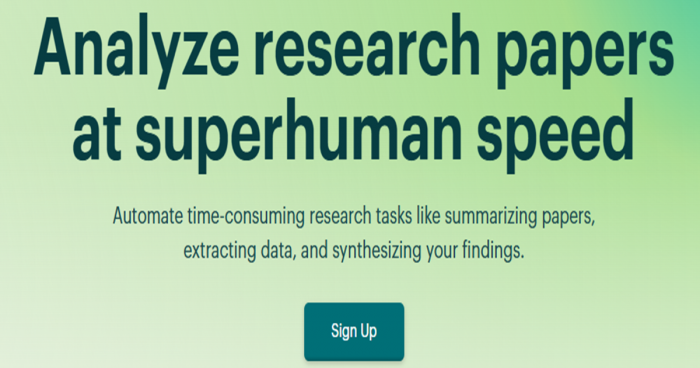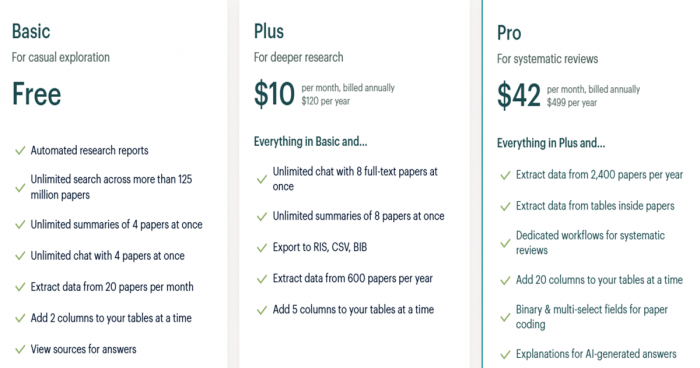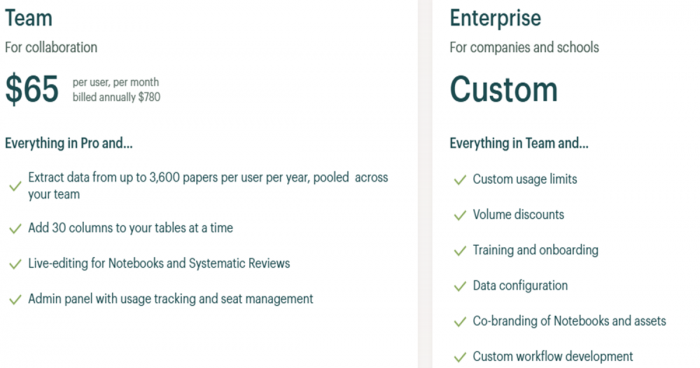Software
4 min read
Elicit AI: Redefining the Research Workflow One Question at a Time


In the world of research, time is often the enemy. The deeper your question, the longer your tab list gets. You start with a simple hypothesis and end up with 37 open PDFs, each adding a paragraph’s worth of value and an hour’s worth of confusion.
That’s the reality researchers, students, and analysts know too well.
But then something quietly entered the academic scene a tool called Elicit AI.

Let’s start by understanding why this tool exists in the first place.
Traditional search engines give you documents. Elicit claims to give you answers.
And that’s the fundamental difference.
Say you’re writing a literature review on the cognitive effects of intermittent fasting. Google Scholar will bury you in thousands of papers. Most don’t directly address your question, and the ones that do require a full read to assess their value.
Elicit flips this model by asking: What if you could start with the question, and let AI handle the first 80% of the search, filtering, and summarization?
That’s not automation for convenience, it’s a design change in how research is done.
To appreciate how transformative that is, let’s break down exactly what Elicit can do.
Rather than acting like a search engine, Elicit functions like a tireless research analyst. Its core features are interconnected, each one designed to move you from question to conclusion more efficiently.
Elicit pulls from over 125 million peer-reviewed papers, using semantic search to understand your question, not just your keywords. It doesn’t return a random paper list. Instead, it gives you summarized answers with citations, so you know exactly where the insight came from.
This alone saves hours of scanning abstracts.
Found a goldmine paper outside of the database? Just upload the PDF. Elicit can extract data, summarize key findings, and link them back to your question. This is especially useful for systematic reviews or when working with proprietary studies not indexed online.
Once your papers are uploaded, Elicit doesn’t just summarize them—it reads them with precision.
Unlike ChatGPT and other general models, Elicit is specifically trained to extract structured data from tables, methods, and results sections of academic PDFs. The results are organized into a spreadsheet-like interface that allows easy comparison across studies.
This is critical for meta-analysis, evidence synthesis, and health sciences research.
You can ask questions like:
Elicit responds not just with summaries, but with source-backed insights you can verify and cite. That’s a serious upgrade from generic AI models.
And when all of these tools work together, they create a surprisingly seamless research workflow.
Let’s imagine you're a social scientist studying remote work burnout. You want to understand:
In Elicit, you simply type your question. It fetches relevant papers, extracts findings, highlights common variables like screen time, isolation, and work-life boundaries, and even lets you group and compare studies.
You can then:
This isn't just another AI tool. So what makes Elicit truly stand apart from the rest?
Let’s be clear: Elicit isn’t a writing bot or a surface-level summarizer. Its differentiator is academic context awareness.
Elicit:

But for those managing a research team or conducting formal reviews, the Pro and Team tiers add real firepower.

Based on my personal use, Elicit AI helps me quickly break down research papers and spot key findings without the usual overwhelm. Not perfect, but a serious time-saver for early research stages.
Of course, it’s not flawless. Complex papers with nuanced arguments can still trip it up, and you’ll want to double-check citations. But for what it offers, clarity, speed, and structure, it’s incredibly useful. If you’ve ever wished you could skip the “Ctrl+F marathon” while still doing real research, Elicit is probably worth adding to your toolkit.
Be the first to post comment!